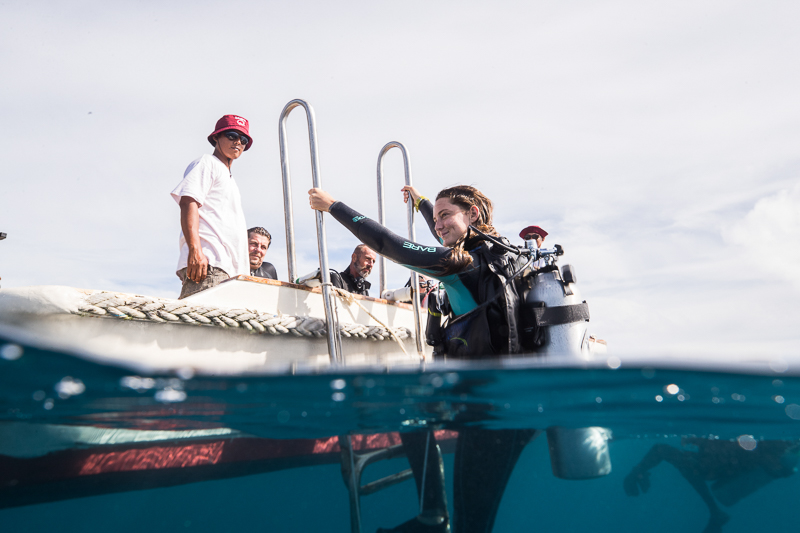Shore diving fun and cost-effective, but limited. A vast majority of dive sites can only be reached by boat. If you want to get the most out of diving, then boat diving is the way to go.
Whether this is your first boat dive or you 100th, here are some tips and know-how’s to take the stress out of boat diving.
1. Arrive at the early to the boat:
The boat has a schedule to keep, and it is up to you to keep it. That means you need to arrive before the scheduled “Go” time with enough time to fill out paperwork and set up your gear.
2. Bring your certification card and fill out the paperwork:
Once you show up, the first thing you should do is check-in. Be ready to present your certification card, pay (if you have not already done so), and fill out paperwork. Don’t board the boat until you are cleared to do so. Dive operators are adamant about showing proof of certification.
3. Talk to the Divemaster:
Once you are cleared to board the boat, talk to the dive master. Let them get a face to the name on their manifest. If seating is assigned, then they will let you know where to go.
4. Know what you need:
How much weight? Tanks? Etc — Unless you are a regular, the dive master probably just met you. They don’t know how much weight you need, what gas you want, or what gear you are missing. Calculate your weight and have a list of needs prepared.
5. Set up your equipment and test it before you leave the dock:
Set up your dive gear and check it before you leave the dock. Doing this will give you enough time to make sure everything is there and working correctly. Most dive operators have rental equipment and tools to make quick repairs if something is missing or malfunctioning. However, there is limited space on the boat, so you need to know you need it before you go.
6. Keep your gear organized and in your designated area:
Once you are set up, it’s time to clean up. Keeping your gear organized and put away is not only polite, but it keeps things from getting lost or mixed up with other divers. Be sure to secure your tanks and gear before the boat leaves to prevent injury to others and damage to the boat or your equipment.
7. Listen to the safety talk and dive site briefing:
Even if you are an experienced boat diver, you still need to quiet down and listen to the briefing. This is when the dive master will tell you how to move about the boat safely, how to get off and on the boat, and what to do in an emergency. They will include tips, such as which bucket to rinse your mask, that will keep you in good standing with the other divers and crew.
8. Gear up quickly, and double check your equipment:
Once the dive master or captain gives the word, gear up and do it quickly. The call to gear up is not the time to set up your gear (that should have been done before you left).
9. Grab the line:
…Or follow whatever direction the dive master gave you for jumping in. Some dive sites have current that can quickly blow you off course and cause problems for even the strongest swimmers. If the divemaster tells you to grab the line when you jump in, it is not intended to be an insult to your ability, promise.
10. Wait your turn when you get back on the boat:
Diving is a fun and safe activity if you’ve received and understood the proper training. One of the more dangerous aspects of diving is getting off and back on again. Climbing a ladder with full gear in even light chop can be hazardous. When a diver is on the ladder, give them space in case they fall, and follow directions on whether you remove your fins or keep them on.
In short, remember these three rules: 1. Arrive prepared 2. Be organized, and 3. Listen to directions. Boat diving customs differ from boat to boat, but if you keep those three things in mind, you are off to a great start.











